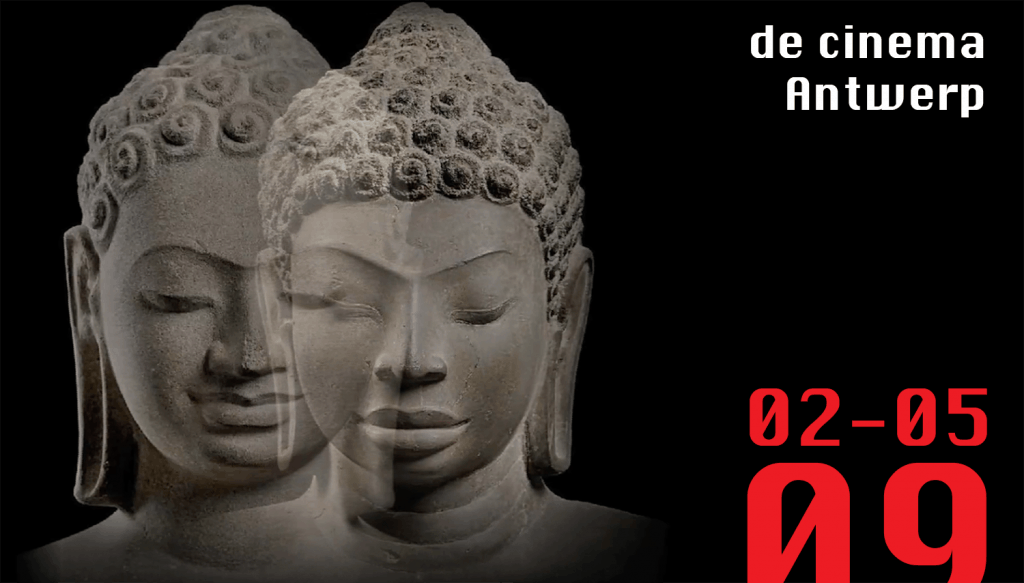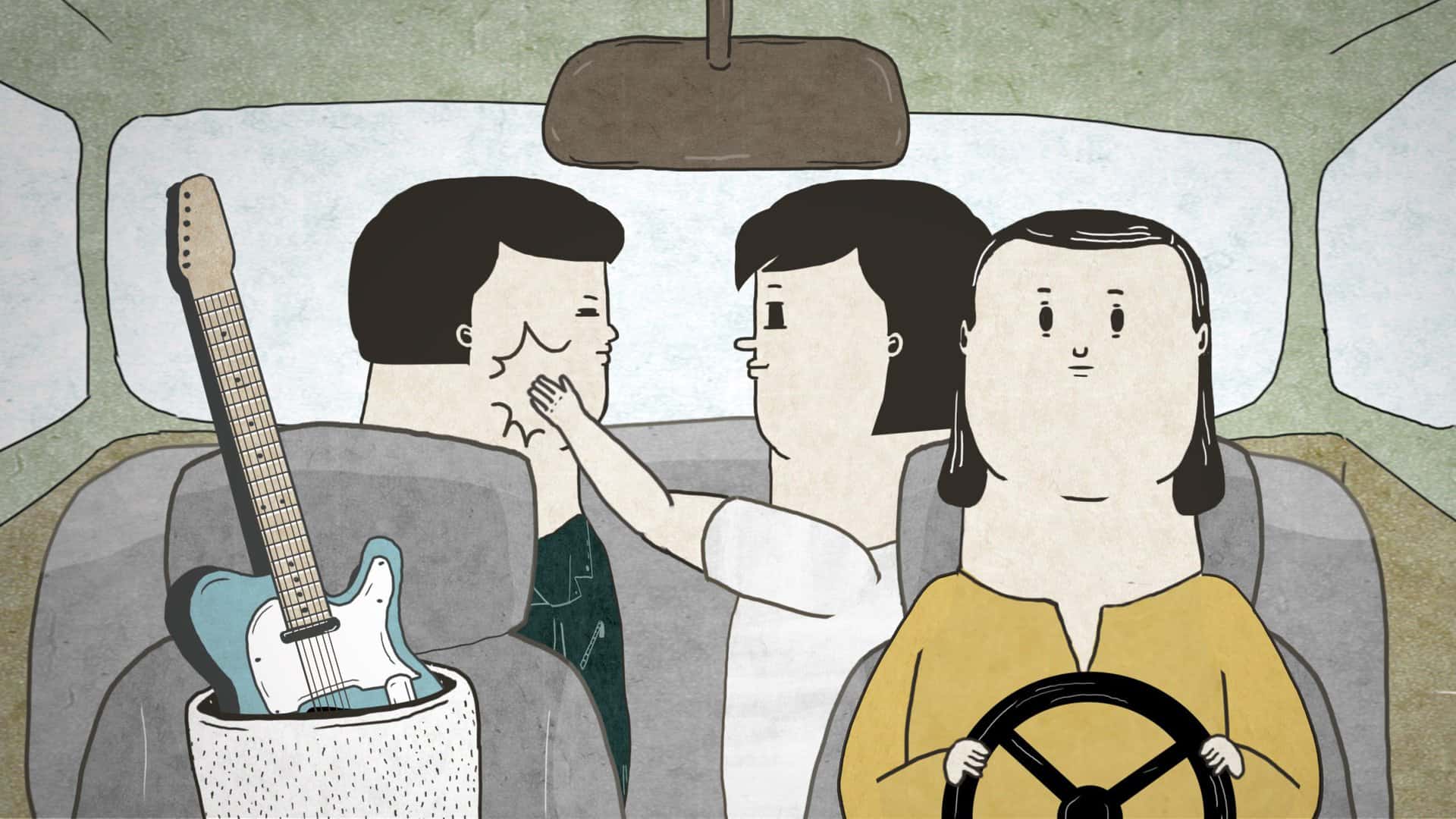“Come Here” is a rather strange film, since it has no specific narrative to speak of, as it functions more like a collage of episodes, in black-and-white, that begin in Kanchanaburi, in the west part of Thailand, but are not limited there.
Come Here is screening in Electric Shadows

As the “story” begins, four friends in their mid-twenties arrive in the area to check the memorial site of the ‘Death Railway', built to honor tens of thousands war prisoners who lost their lives here, and the local museum, which they find, though, closed. At night, back at the impressive raft house they have rented, they drink, smoke weed, talk, and have as much fun as possible, occasionally even mimicking sounds of animals. Soon, it turns out that they are all actors in a theater company, acting out scenes from a play. Eventually, fireworks go off, and the four friends watch them in stillness, in a series of vignettes that feature lengthy close-ups of each one's faces. When they return to Bangkok, they reenact their experiences.
At the same time, and in probably the same area, a woman their age finds herself alone in the middle of the forest, after her friend mysteriously disappears
More like a collection of different episodes that occasionally are not even connected to each other than a compact narrative; the film still emerges as rather impactful, due to the originality and the artfulness of a number of them, and the production values in general. To begin with, the hut the four live is stunning, and cinematographers Boonyanuch Kraithong and Leung Ming-Kai have done their best to highlight it and the combination of river and forest that form its surroundings. At the same time, and in all the scenes that take place in the forest, the great job Ernst Karel has done in the sound design also becomes evident, with the ambient sounds of the water and the fauna playing a crucial role to the shaping of the whole atmosphere.
A number of other sequences also emerge as rather impressive. The one where the technicians are assembling a room similar to the one in the hut, is one of them, with the shots from above working quite nicely, even more so when the completed work is revealed.
The two splits of the screen are also quite memorable, with Suwichakornpong presenting them in a way that induces the film with a sense of mysteriousness regarding reality and dream, while Aacharee Ungsriwong's editing finds its apogee here, particularly due to the way the two simultaneous scenes are connected.
Lastly, the scene where the train that took the group to and from Kanchanaburi is shown through the window of a room also highlights the technical prowess of the production.
The footage from the Dusit Zoo in Bangkok provides a welcome break from the surreal narrative, cementing the collage approach of the film.
“Come Here” is a film very difficult to describe and equally difficult to review, while its style points more towards an installation than a movie in the most common interpretation of the term. However, the permeating artistry of the images and the excellent job done in the production values deem it an interesting watch, additionally because, at 69 minutes, it does not overextend its welcome in any way.
















